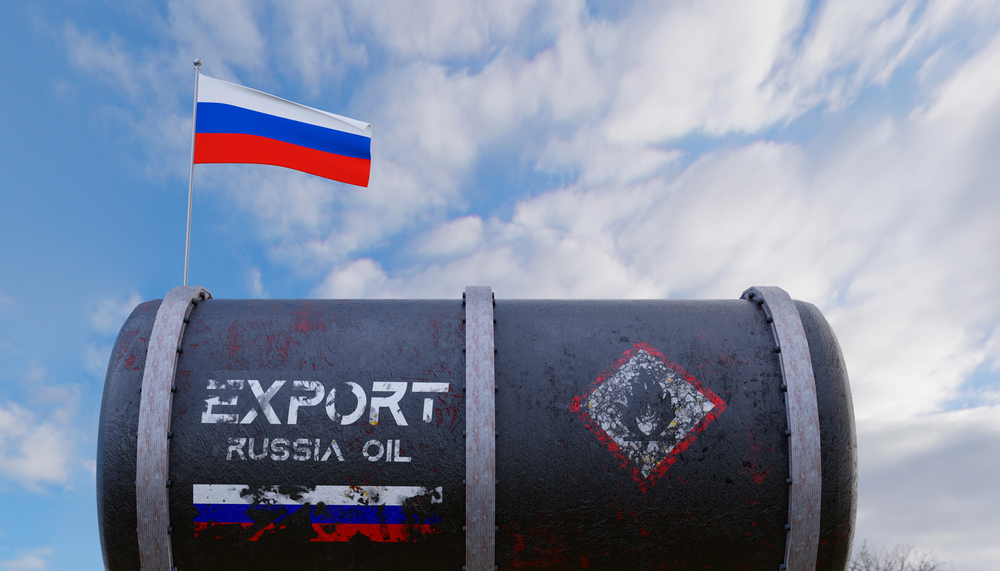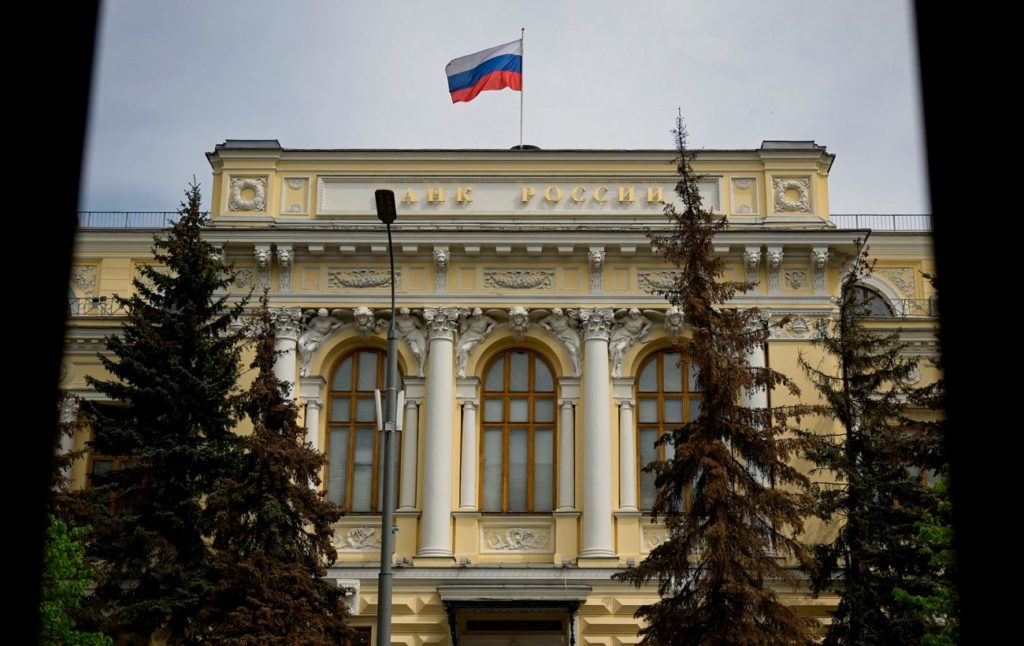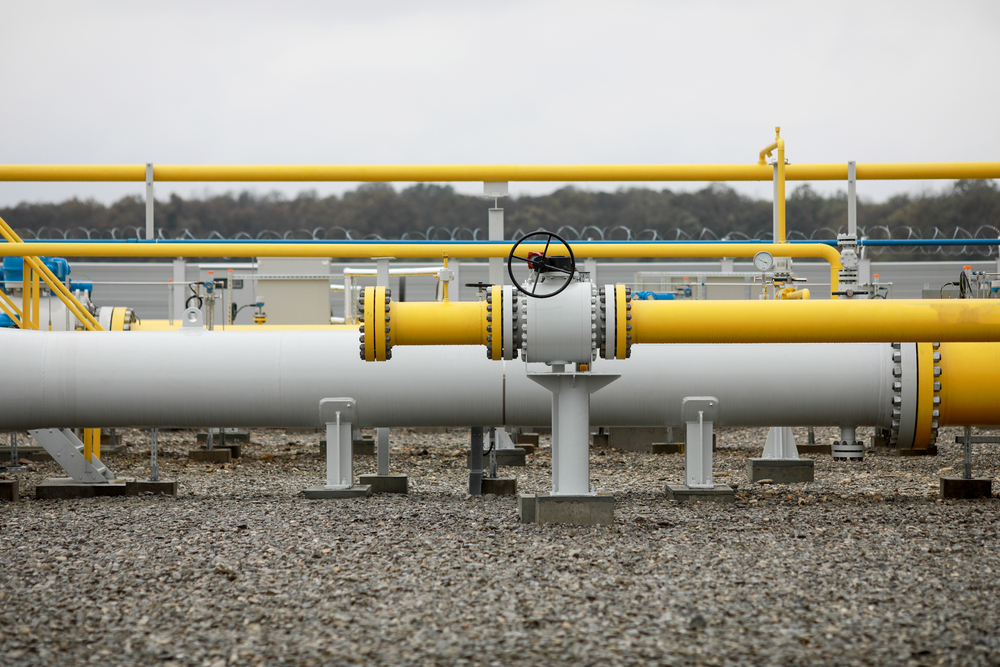
The European Union shelved proposals to lower the price cap on Russian oil exports from $60 to $45 per barrel, citing concerns that escalating conflict between Israel and Iran could drive up global oil prices and undermine the effectiveness of the sanctions mechanism.
The proposed $45-per-barrel limit would have translated into billions of dollars in lost oil revenues for Russia as it struggles to maintain high levels of military spending and address budget shortfalls. The measure was initially suggested by Ukraine and represented a significant tightening of existing sanctions, with the EU’s 18th sanctions package expected in June.
Two diplomats confirmed to POLITICO that the plan, originally scheduled for discussion among EU foreign ministers on Monday in Brussels, is no longer viable given current market volatility.
“The idea of lowering the price cap is probably not going to fly because of the international situation in the Middle East and the volatility,” one diplomat told POLITICO.
At the recent G7 summit in Canada, member countries reached consensus on postponing the decision. “At the G7 meeting this week, it was agreed by all the countries they would prefer not to take the decision right now,” the diplomat explained, noting that while oil prices were previously close to the current cap, recent fluctuations have made timing problematic.
European Commission President Ursula von der Leyen acknowledged the complexity of the situation at the G7 summit, stating that existing measures “had little effect” previously. However, she noted that with recent oil price increases, “the cap in place does serve its function,” indicating there is currently “little pressure on lowering the oil price cap.”
US blocked efforts to lower price cap on Russian oil
The current price ceiling mechanism was established by G7 countries in December 2022, setting the maximum price for Russian crude oil at $60 per barrel. Ukrainian President Volodymyr Zelenskyy criticized this initial limit as “weak,” arguing that such pricing remained “quite comfortable for the terrorist state’s budget.”
The sanctions framework was expanded in February 2023 to include petroleum products, with caps set at $100 per barrel for premium products like diesel fuel and $45 per barrel for discounted products such as fuel oil. These price ceilings have remained unchanged since their introduction.
In January 2025, Nordic and Baltic countries—Sweden, Denmark, Finland, Latvia, Lithuania, and Estonia—called on the European Commission to further reduce the Russian oil price cap, highlighting the need for more aggressive economic pressure on Moscow.
Earlier, Reuters reported that most G7 countries had been prepared to independently lower the price ceiling on Russian oil, even if US President Donald Trump opposed the measure. However, the current geopolitical volatility has shifted calculations.
You could close this page. Or you could join our community and help us produce more materials like this.
We keep our reporting open and accessible to everyone because we believe in the power of free information. This is why our small, cost-effective team depends on the support of readers like you to bring deliver timely news, quality analysis, and on-the-ground reports about Russia's war against Ukraine and Ukraine's struggle to build a democratic society.
A little bit goes a long way: for as little as the cost of one cup of coffee a month, you can help build bridges between Ukraine and the rest of the world, plus become a co-creator and vote for topics we should cover next.
Become a patron or see other ways to
support.





